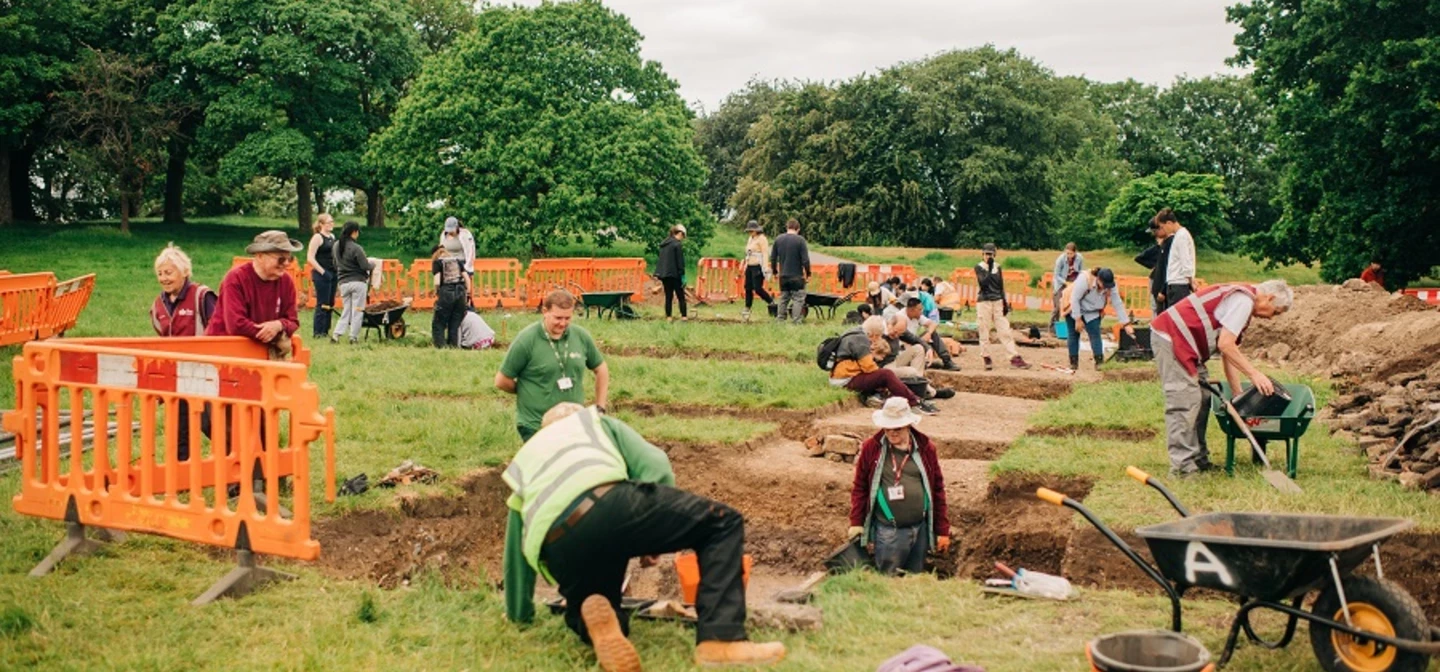
Unearthing an air raid shelter in Greenwich Park
As part of our Greenwich Park Revealed project to restore and protect the park – and share its stories – our Community Archaeologist, Andrew Mayfield delivered a community dig to find out more about one of the park’s lost air raid shelters.
Over three weeks in May, Greenwich Park Revealed archaeology volunteers, local schools and first year students from University College London (UCL), worked hard to reveal its secrets. Wartime aerial photographs we have collected and studied, hinted at structures on One Tree Hill and a geophysics survey revealed there were buried remains. Research by the Friends History Research Group detailed that the shelter was built in 1938, while the air photos suggested it was pulled down in 1946. The shelter is one of four in the park. What survived below ground?
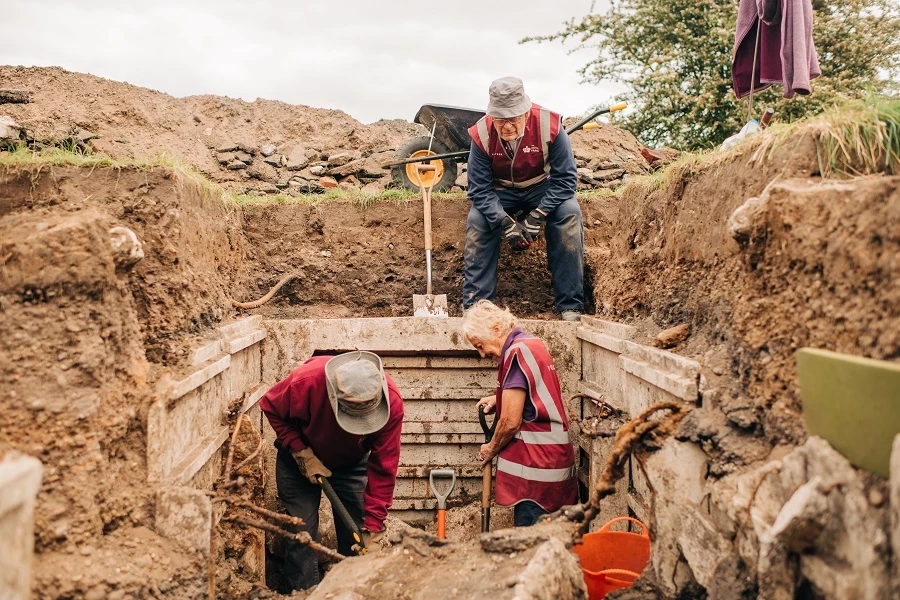
After a lot of hard digging by the whole team, we were able to expose the entrance steps, connecting corridors and main corridors of the northeast end of the shelter. Built into the natural gravels, the shelter comprised of a brick entrance and reinforced concrete panelled walls. The roof had been ripped off when the site was decommissioned and the interior was backfilled with rubble, including burnt bricks from Blitz damage, a tarmac path, flowerpots and even a park bench end. It seemed clear that the park had used the hole post war as a useful space to get rid of a variety of rubbish and rubble!
We also had a whole host of very nice small finds. Whole glass bottles, including a marmite jar and nail polish, a Victorian lead soldier, military plates, and cups (some with RAF markings) and the concrete posts from the neighbouring barrage balloon base. These finds will form part of a park finds handling collection in due course.
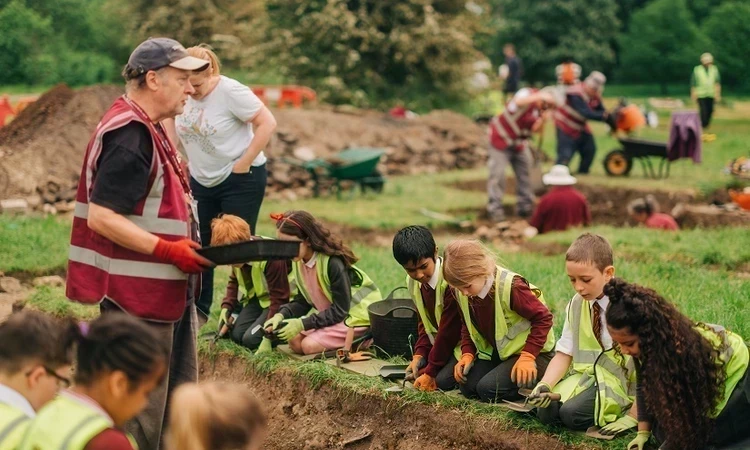
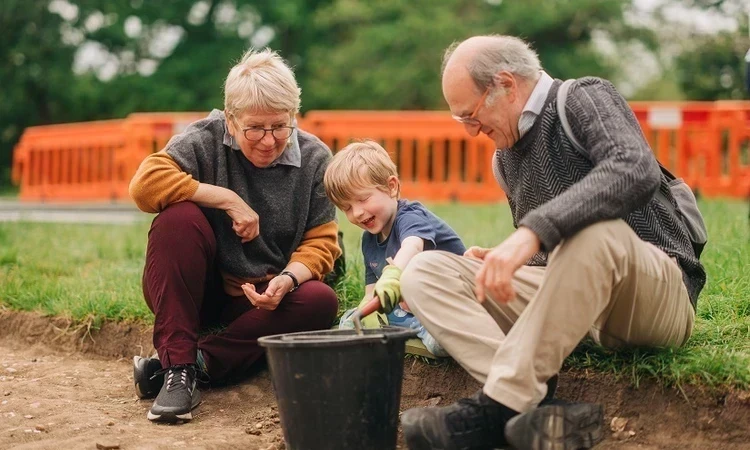
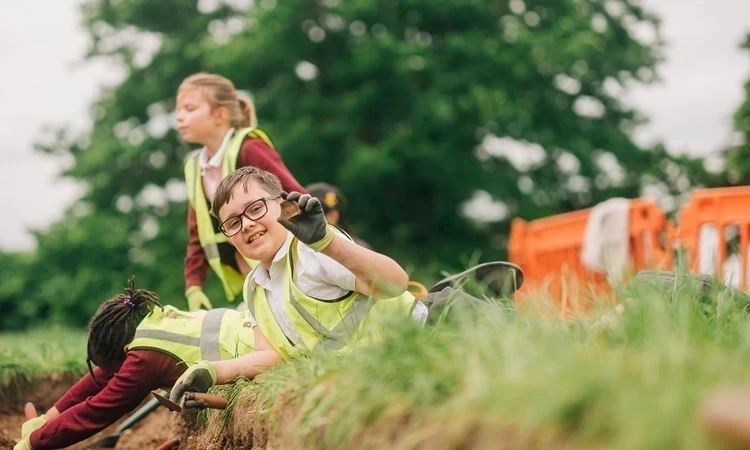
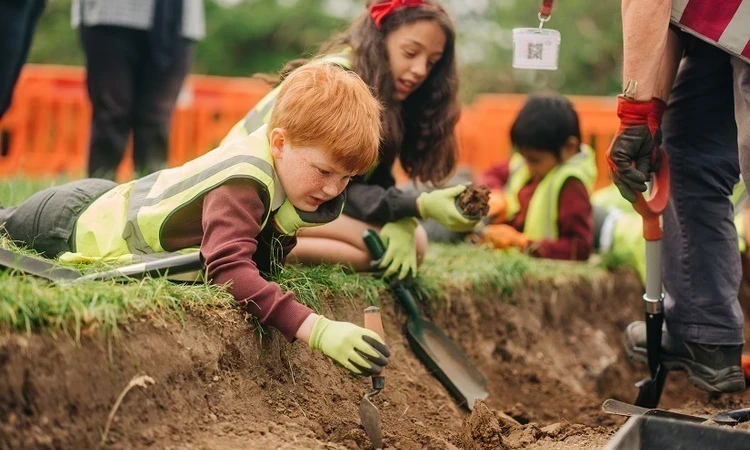
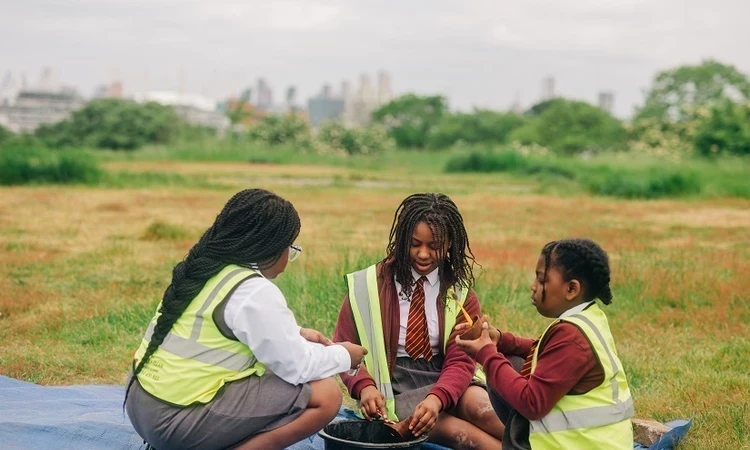
As part of the project, we also researched and excavated elements of a barrage balloon base on One Tree Hill, one of 3 bases in the park. We identified the cinder path around one of the balloon huts and two of the tether points for the balloon. These gas-filled balloons were raised as a deterrent to low flying aircraft across the park. We even found two of the cork-screw tether pins!
This project was a great example of collaborative work between researchers, archaeologists, volunteers, and students. It has given us a lot more information about how the shelters in the park were built. It appears that the builders may have used ramps to pull and push materials down into the shelter as they constructed it. Over the next few months we will run finds processing sessions, to wash and catalogue the items we discovered.
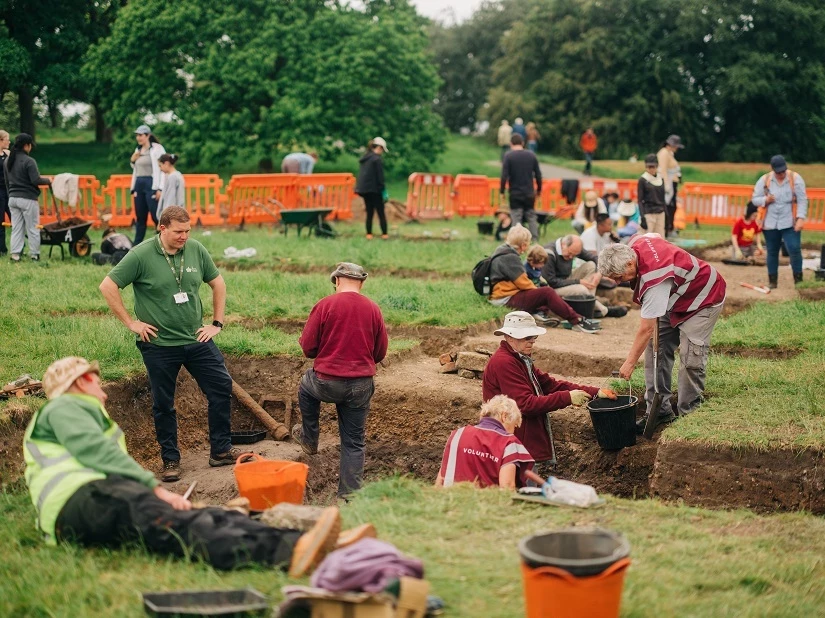
Related Articles
-
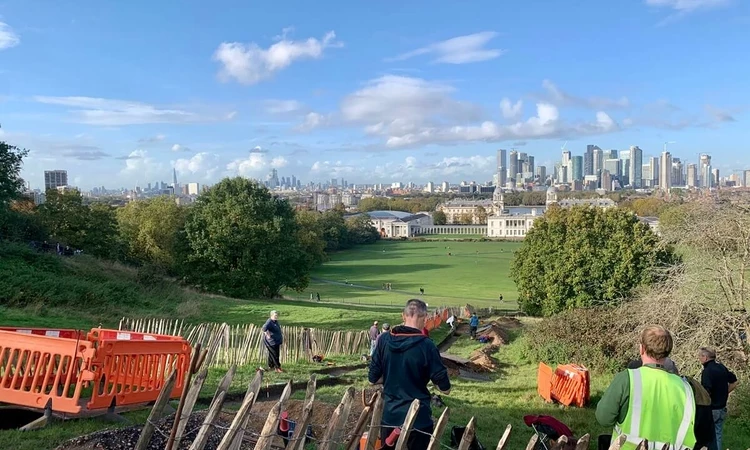 Read
ReadA dig with a grand view
Over the past few months, the archaeology team have been working on the Grand Ascent, the slope below the General Wolfe statue.
-
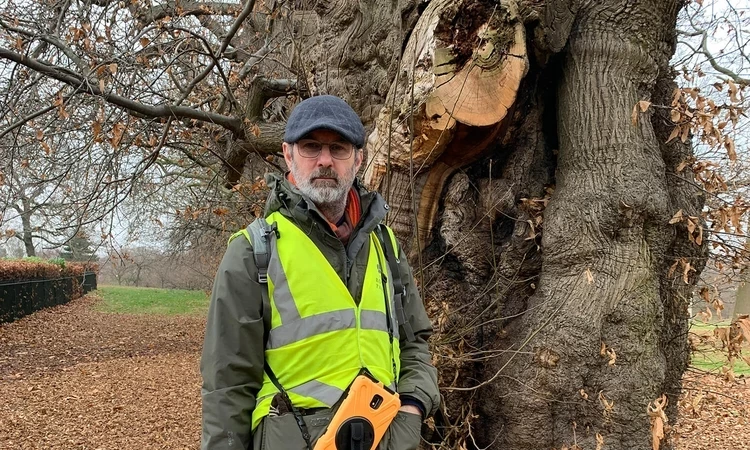 Read
ReadA day in the life of a Royal Parks arboriculturist
Find out what it's like to be a Royal Parks arboriculturist
-
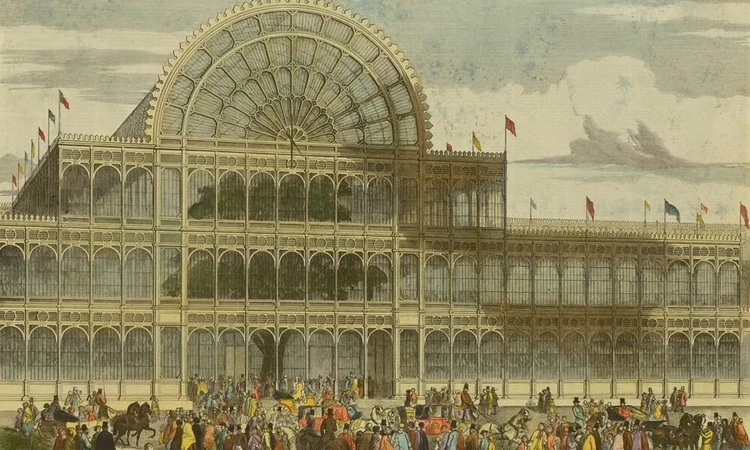 Read
ReadThe Great Exhibition of 1851 in Hyde Park
The Great Exhibition of 1851 was held in the Crystal Palace in Hyde Park